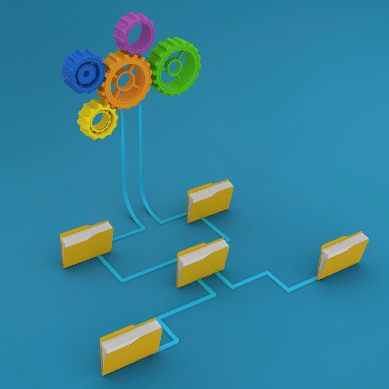CISO’s Central Role in VRM
As a CISO, you play a pivotal role in VRM. Your responsibilities include thorough vendor evaluations, due diligence, and ensuring vendor relationships align with your organization’s security and compliance needs. VRM becomes a part of your broader strategy to maintain data security and operational resilience.
- The VRM Maturity Model can help CISOs gauge their organization’s VRM capabilities. This model outlines stages, from having no VRM policy to continuous improvement, providing a roadmap for enhancing VRM practices.
- VRM software tools can streamline the management of vendor risks. These tools automate risk assessments, monitoring, control implementation, and reporting. They assist CISOs in handling the complexities of vendor relationships efficiently.
Best Practices for VRM:
To initiate VRM effectively, CISOs should consider the following steps:
- Risk Assessment: Identify potential vendor-related risks. Evaluate vendor relationships’ criticality, considering data access, operational impact, and regulatory requirements.
- Vendor Due Diligence: Conduct thorough due diligence when onboarding new vendors. This process should include client references, liability assessments, background checks, and compliance verification.
- Policy Development: Develop a clear VRM policy that aligns with your organization’s risk appetite and compliance requirements. Define how vendor relationships will be assessed, monitored, and managed.
- Vendor Categorization: Categorize vendors based on their importance to your operations and acceptable risk level. This step helps prioritize resources for higher-risk vendors.
- Contractual Clarity: Ensure vendor contracts include language for regular reviews, reporting, and compliance with security standards. Clearly define expectations and responsibilities.
- Continuous Monitoring: Implement ongoing monitoring of vendors’ performance, including security practices, efficiency, and responsiveness. Regularly reassess relationships to adapt to changing risk landscapes.
- Utilize VRM Software: Consider adopting VRM software solutions to streamline risk assessments, automate monitoring, and facilitate reporting. These tools can enhance efficiency and accuracy and underscore the importance of vendor risk management.
Vendor Risk Management Benefits with Centraleyes
Vendor risk management metrics are indispensable to a CISO’s role. By following a strategic approach, conducting due diligence, and leveraging VRM tools, CISOs can effectively manage vendor risks, ensuring the security and resilience of their operations.
By establishing and maintaining positive relationships with vendors, CISOs can ensure that their supply chain remains efficient and reliable.
Get to know Centaleyes- the cloud-based platform that provides a comprehensive solution for managing compliance and risk in vendor relationships. With its advanced technologies and customizable features, Centraleyes can help companies minimize risk exposure and achieve greater operational efficiency when working with vendors. Its user-friendly interface makes it an ideal choice for businesses of all sizes looking to enhance their VRM practices and safeguard their sensitive data.
Book a demo today.
Please login or Register to submit your answer





